Afterword: Who does the Deccan belong to?
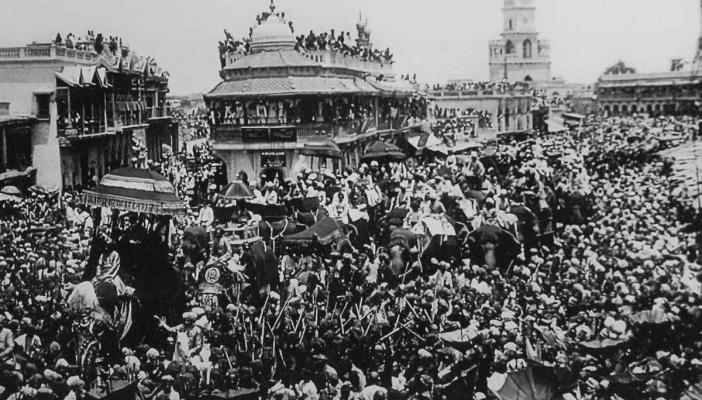
On September 17, 1948, more than a year after India became independent, the Hyderabad–Deccan state was integrated into the new Indian nation-state ruled from Delhi. This event, celebrated by some as “liberation,” set in motion decisive processes of integration, changing the lives of many. It led to a dramatic increase in the size of the global diaspora of Deccani people, now stretching from Karachi to Chicago, Sydney to Singapore, and from London to Dubai and Doha. The essays that have appeared in this space over the past weeks examine the Hyderabad Deccan, comprising Telangana, eastern Maharashtra or Marathwada, and Kalyana-Karnataka (formerly known as Hyderabad-Karnataka).
For other regions in peninsular India – the rest of Maharashtra and Karnataka, the interior of Tamil Nadu – Deccan is primarily a geographical marker. For the regions these essays describe, however, the Deccan is also a cultural marker signifying both intermixing and co-existence of diverse local and outsider communities dating to medieval times. The essays help us understand how people and communities have belonged to the Deccan and alert us to threats against that sense of belonging. The authors show us the continuity and power of distinctive ways of belonging and how these forms of belonging may be in peril. Many of the authors question the meaning and significance of territory qua place as a basis for belonging.
Nevertheless, they all reveal how Deccani belonging is closely bound to place, with the Hyderabad Deccan – often Hyderabad city itself – forming its prime wellspring and staging ground. At this point, it is worth reflecting on who this place called the Deccan actually belongs to, and how this is relevant to the past, present, and future of Deccani belonging.
The seven essays in the series examine solidarities in the Hyderabad Deccan defined in terms of political, linguistic, religious, artistic, literary, gendered, and diasporic belonging. Swathi Shivanand examines how mobile populations in the Deccan imagine belonging in terms of desha, place of origin, and not in terms of rigid national or provincial citizenship. She also tracks how developments in the decades since 1948 have sought to impose singular forms of belonging, be it to the Indian state or the linguistic province, over desha ideas of belonging that “defy territory”. C Yamini Krishna considers the lives of archival documents that have the power to establish to whom Deccan lands belong. The archiving of these documents reveals the dizzyingly complex histories of state power and internal administrative divisions. Even as documents get separated from the territories they describe, Krishna shows, they offer ways to carve out belonging in the Deccan.
Santhosh Sakhinala explores how an Arts and Crafts school in Hyderabad city became a key center for Deccani aesthetic and artistic pedagogy. Work that came out of the school consciously invoked bygone political figures and artistic styles, drawing on connections to place in order to define Deccani art and culture for the future. Mohammed Ayub Khan reflects on expansive ideas of belonging articulated by Deccani poets and orators on the occasion of Rabindranath Tagore’s visit to Hyderabad. These stories show how the pluralist Urdu literary culture of 1930s Hyderabad created a way of belonging that dissolved linguistic, regional, and religious community divisions that were beginning to dominate the subcontinent during the interwar era.
Amy Phua shows how the Dakhani (or Dakhani Urdu) language use represents a form of belonging that channels centuries of regional cultural history and connects to networks of Sufi piety. Grounded in Hyderabad city and linked to early modern sultanates of peninsular India, Dakhani is spoken prominently across much of the central and eastern Deccan, and has a new life as the language of a new genre of digital cinema enjoyed worldwide. Sarah Waheed considers a distinctive Deccani figure, the early modern queen Chand Bibi, showing how accounts of her personality and rule reveal changing values over time. Descendant of both Maratha Brahmins and Iranian migrants, Chand Bibi herself remains elusive. Early images cast her as a warrior queen with a bold public persona and military savvy, while colonial-era accounts ignore her mixed ancestry and depict her in domestic rather than public settings.
Khatija Khader views the Deccan from the perspective of the Chaush, an Arabic-speaking Hyderabad-based community with deep connections to kinship networks in Yemen and other coastal Arabian regions, East Africa, and Southeast Asia. Treated at times as outsiders or non-citizens owing to their mobility and Muslim status, the Chaush’s now precarious position in India stems from deepening tensions between territorial and cultural belonging in an age of majoritarian nationalism. These powerful accounts show us a few key ways of being and belonging in the Hyderabad Deccan, and highlight the way historical pasts of communities, people, and states are bound to a sense of place.
Each of these recognitions of historical connections, often along with formal control, over lands in the Deccan, provides a material foundation for a different form of belonging. In the Deccan, as everywhere, control over place — the ability to assert or recognise rights over land — is part of state power. Empires rose and fell, but the land systems left in their wake remained potential sources for Deccani people to claim that a piece of the region belongs to them.
Political regimes in the past and present attempt to extinguish or recalibrate old forms of belonging. However, claiming connections and entitlements to land are ways to root older ways of belonging in place. Regional history shows how attachments to place, and the forms of belonging that they generate, can outlast political transitions. The events of 1948 were not the first time the lands of the Hyderabad Deccan were rendered into provinces of empires to the north. Parts of the region had, often for short periods, been integrated into great pre-modern empires from Mauryas and Guptas to Khaljis and Tughlaqs, then into the Mughal state.
In these periods one could say the Hyderabad Deccan ‘belonged’ to imperial states in the north. In most of the historical past, however, the region was in the possession of Deccani rulers. Some were tiny polities — warlords or landed estates that became autonomous, or adivasi kingdoms in forested and hilly regions — but others were vast. The medieval Vijayanagara and Bahmani empires expanded from centers in what is now Karnataka to include large swathes of the Deccan. The Qutb Shahi Sultanate, founders of Hyderabad city, controlled much of the Deccan for more than 150 years. The Asaf Jahi dynasty, initially a Mughal successor state, was recognised as an independent princely state by the British Raj, and thrived until September of 1948 when it was conquered by the army of a newly-decolonised India.
Many of these states emphasised connections to previous Deccani powers and community histories to stake their claims. Vijayanagara drew heavily from the model of the medieval Kakatiyas, and the Qutb Shahs and other Deccan sultans recognised and promoted local warlords and brahmins to secure and expand their domains. Many of these legacies came together under the Asaf Jahis. During over two centuries of rule, Hyderabad State recognised previous states’ land grants and conferred landholdings to a panoply of groups for state service or social programs.
Parts of the Hyderabad Deccan in this period belonged to Telugu and Arab military servants, brahmin custodians of temples and mathas, adivasis in the upland north, urban or agrarian Dalit communities, state nobles and elites whose antecedents held status dating to Mughal or Maratha state service or earlier. The Asaf Jahis also celebrated the achievements of Hindu, Buddhist, and Jain artisans in promoting and preserving cave sculptures and paintings in the western reaches of their empire. These foundations — from the Asaf Jahi era and before — provide resources for communities, some increasingly under pressure, to legally, symbolically, and publicly make the claim that the Deccan belongs to them.
This article was first published in The Newsminute as a part of the Deccan series.
Related Articles

Has Rap Found its Home in the Deccan?
The Deccan is a place of unlikely arrivals and departures – cultural practices from every possible region of the world have found home here and gotten reinterpreted and gifted back to other regions. One such recent arrival is hip hop from Black and Hispanic...
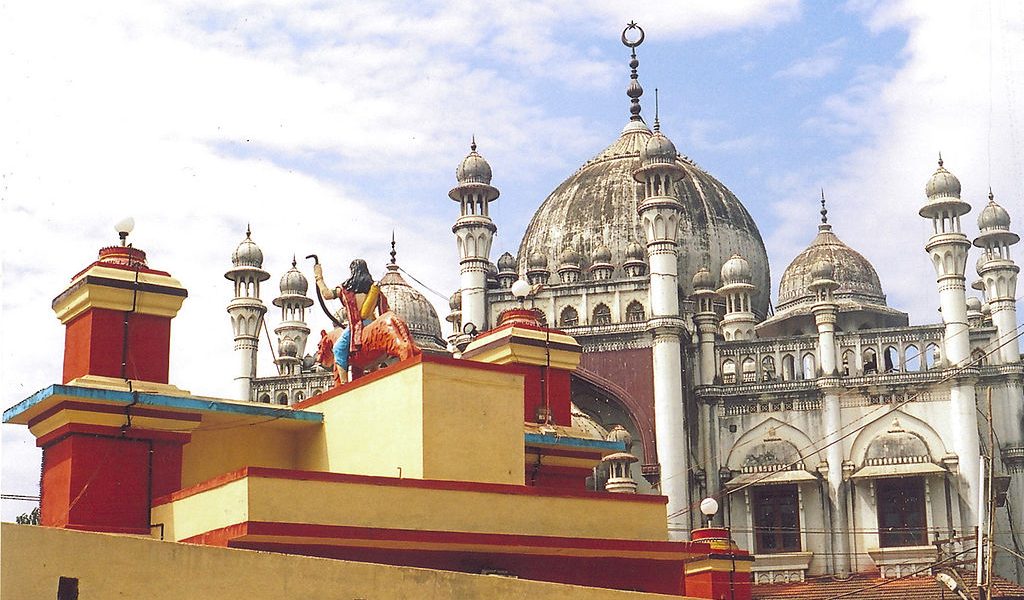
A God, A Pirate and the Birth of a New Urban Religion in the Deccan
Who was Vavar? There are many strands to this story.

The After-Lives of Historical Figures in the ‘Pan-Indian’ Telugu Film
Contemporary film history of the Telugu people has at least one instance of a hyper masculine superhuman celluloid figure that appears time after time to establish territorial order: Alluri Sitarama Raju. The source for this celluloid figure was the leader of what...
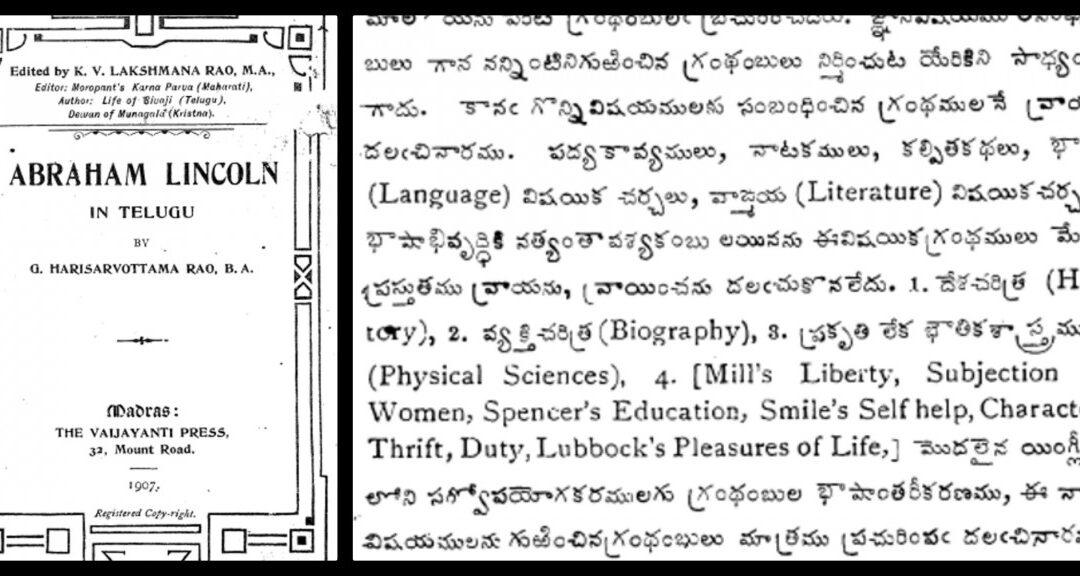
Telugu Modernity and the Curious Case of Enlightened Privilege
In 1907, Vijnana Chandrika Mandali, a Telugu publishing house, began their operations with the goal to ‘improve Telugu literature’.
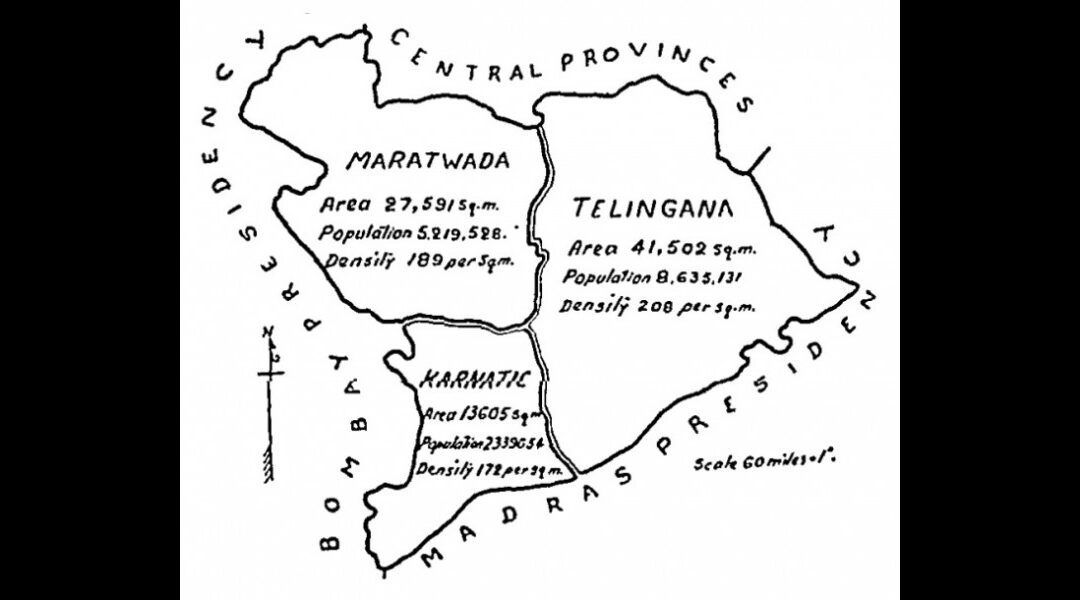
The Mulki and the Mulk: How Belonging Is Layered in the Deccan
The categories of Mulki and non-Mulki began to appear on the Hyderabadi political scene from the mid-19th century onwards as a response to the influx of Urdu-speaking North Indians being recruited into the state administration.

The Uncanny Sisterhood of Deccan’s Languages
‘Pora khaalli? (Have the children eaten?)’ These are two utterances in Marathi spoken in Osmanabad and Solapur districts. But a speaker of Marathi from the central or western parts of Maharashtra may be perplexed at what is being asked of them. Is ‘Kaa karlaalaav’ the...
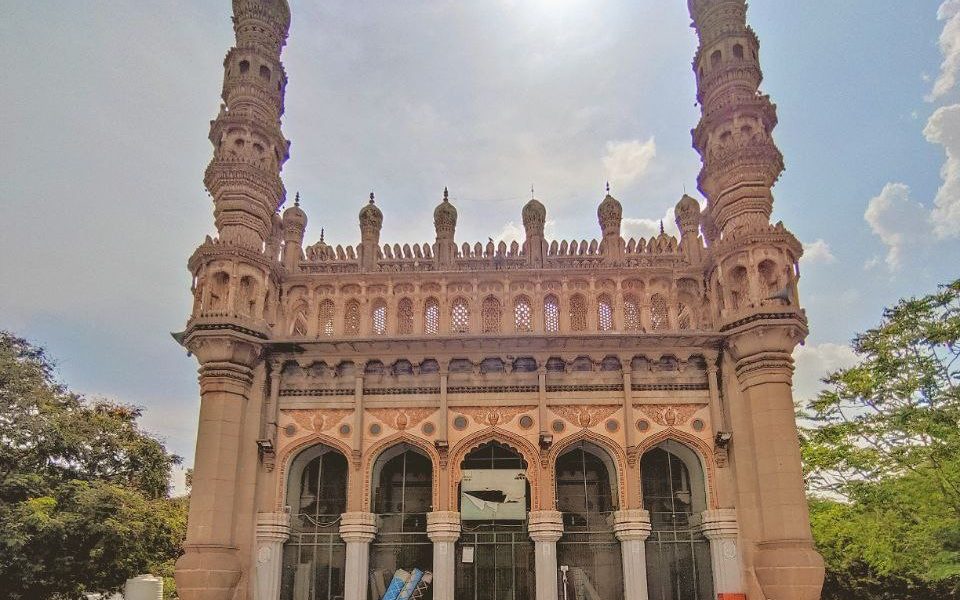
Deccani Identity: Instrumental Logic or Deep Love of Land?
The diverse ways in which the Deccani identity is invoked in textual sources and oral traditions indicate that newcomers to the Deccan adapted to the ways of the land, developed strong affinities to local landscapes, and adopted cultural practices and markers.
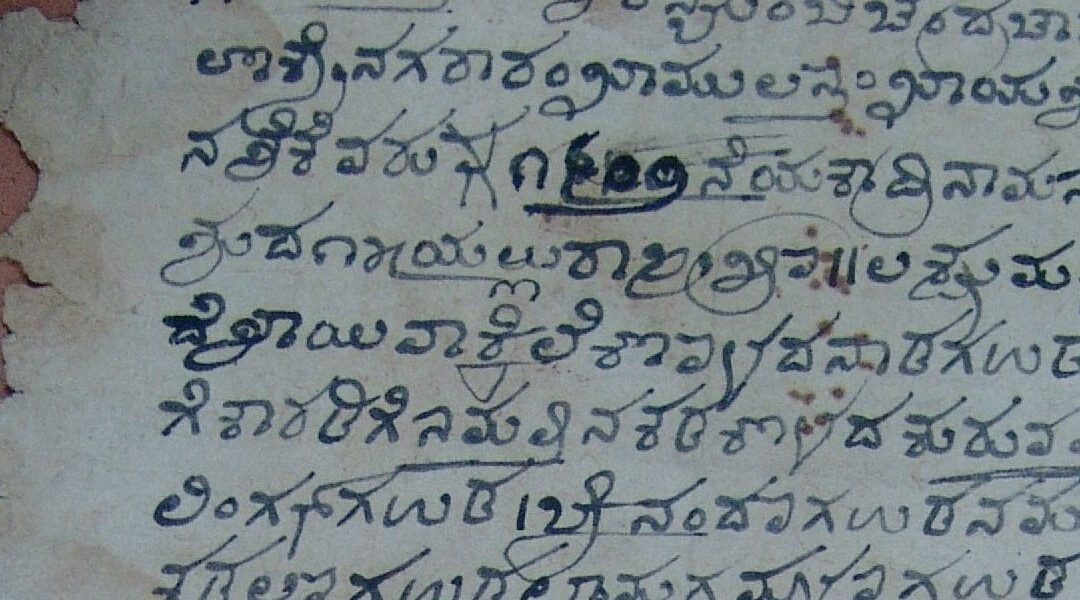
What an 18th-Century Sale Deed Reveals About Language and Territory in the Deccan
The documents hint at more give-and-take in the scribal environment than the one-way “imperial” narrative premised on modern mono-linguistic identities.

Rabindranath Tagore’s visit to Hyderabad: When poetry triumphed over politics
The September 17th anniversary of the ‘Police Action’, which led to the integration of the princely state of Hyderabad in 1948, has become increasingly contentious with selective use of history by political parties to further their current polarising agenda. Lost in...
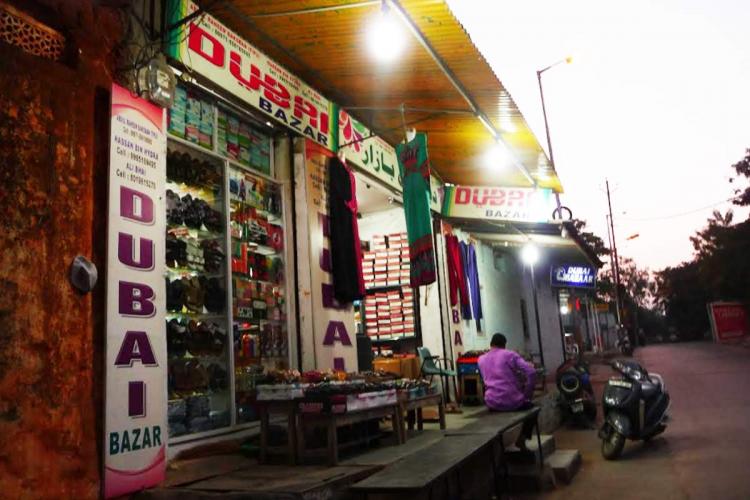
Hyderabad’s distinct Chaush community has roots in Yemen
At a time when Muslims in India are constantly asked to display their nationalism and explain their choices of food, love and profession, it is important to remember that identity is not a monolith. It is historically constructed and multidimensional. Neither can it...
